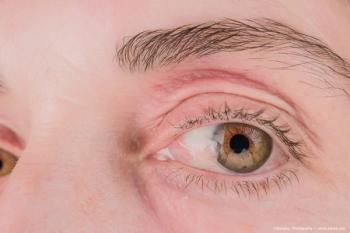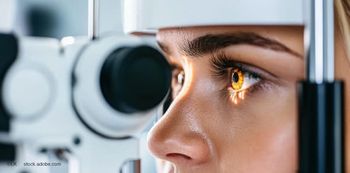
Iridex receives patent for technology
Iridex Corp. has received a patent for its technology (MicroPulse) designed to provide ophthalmologists with fine dose control of laser energy during eye surgery in patients with glaucoma, diabetic retinopathy, and other retinal disorders.
Mountain View, CA-Iridex Corp. has received a patent for its technology (MicroPulse) designed to provide ophthalmologists with fine dose control of laser energy during eye surgery in patients with glaucoma, diabetic retinopathy, and other retinal disorders.
The technology “enables tissue-sparing photocoagulation, a controlled laser dosing approach [that] induces the long-term benefits of laser procedures with no detectable tissue-damaging side effects,” said Theodore A. Boutacoff, president and chief executive officer of Iridex.
“The company has developed this technology over a number of years using infrared laser systems, and its clinical efficacy has been reported in [more than] 45 peer-reviewed publications,” Boutacoff added. “Extending our [recently patented] technology from our infrared laser systems to our visible laser systems and being granted a patent to protect this proprietary technology for visible laser systems is important because the majority of lasers sold today are visible-wavelength laser systems.”
The newly issued patent describes visible-wavelength lasers capable of delivering laser energy in the form of a user-selectable packet, or train, of discrete pulses rather than merely as a single uninterrupted optical exposure (dose) as offered by visible laser photocoagulators using earlier technology.
Users can adjust all parameters of the recently patented technology, including duration, interpulse interval, and amplitude or, alternatively, can choose a personalized or factory-installed preset to adjust all of these parameters automatically.
The mode for the recently patented technology can be activated or deactivated at the touch of a button, facilitating conventional and the recently patented laser delivery from a single console and delivery device.
Newsletter
Don’t miss out—get Ophthalmology Times updates on the latest clinical advancements and expert interviews, straight to your inbox.













































.png)


